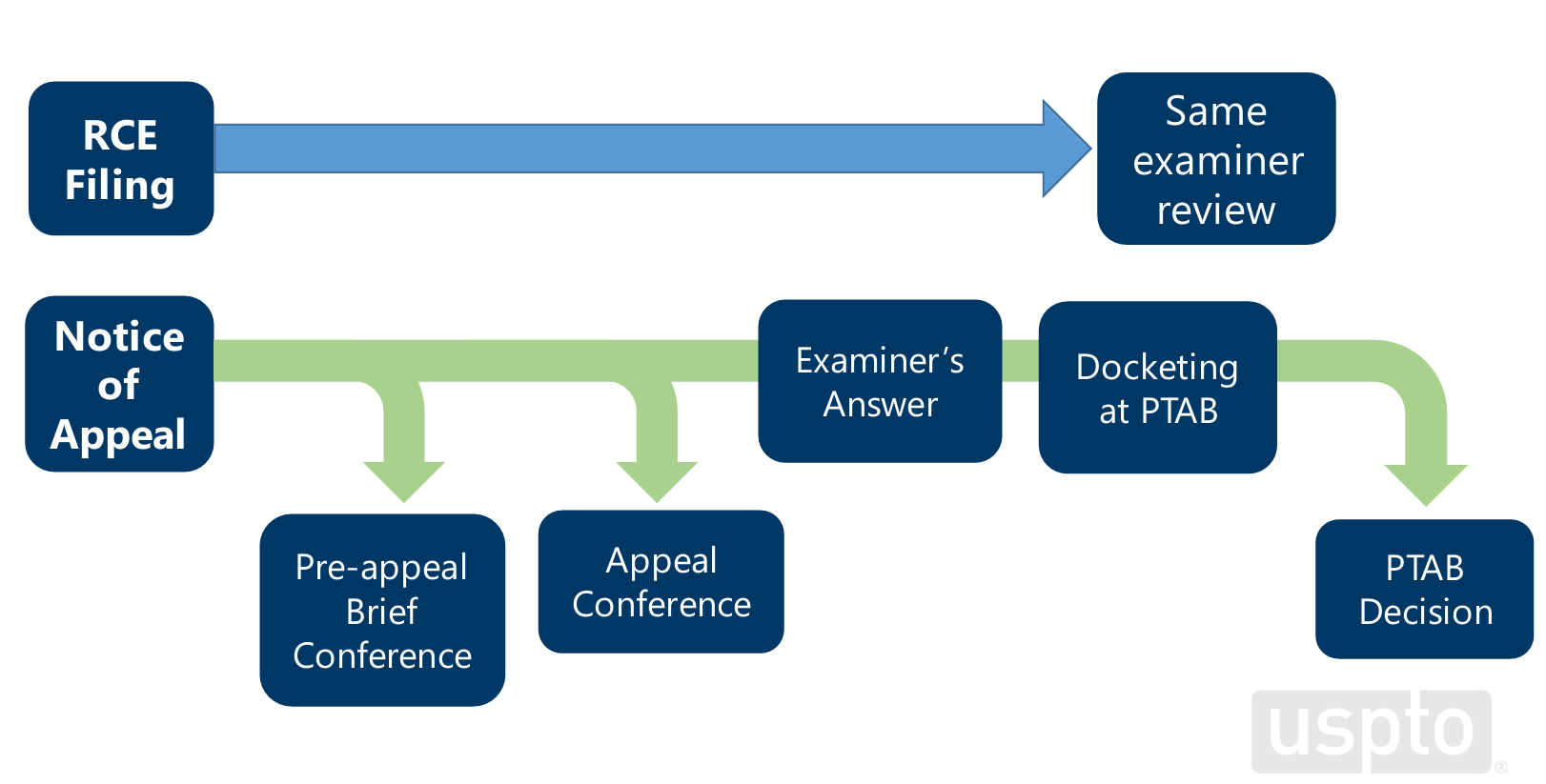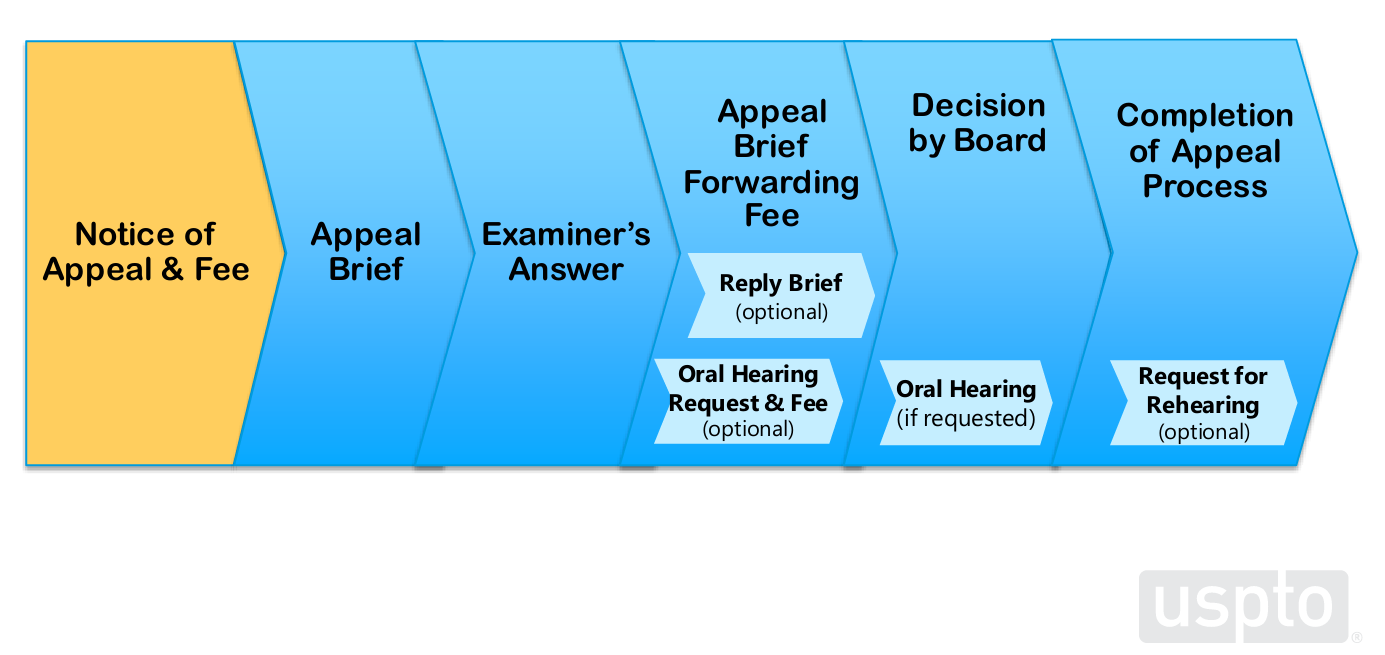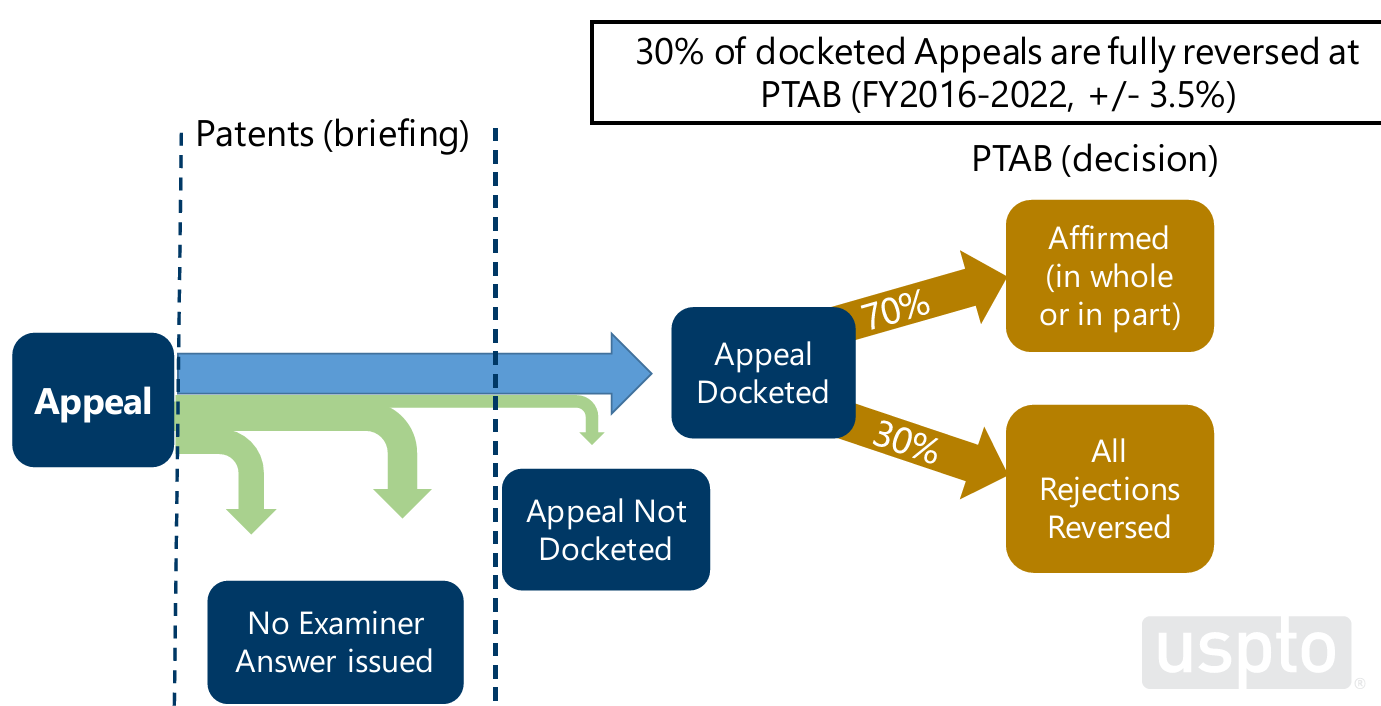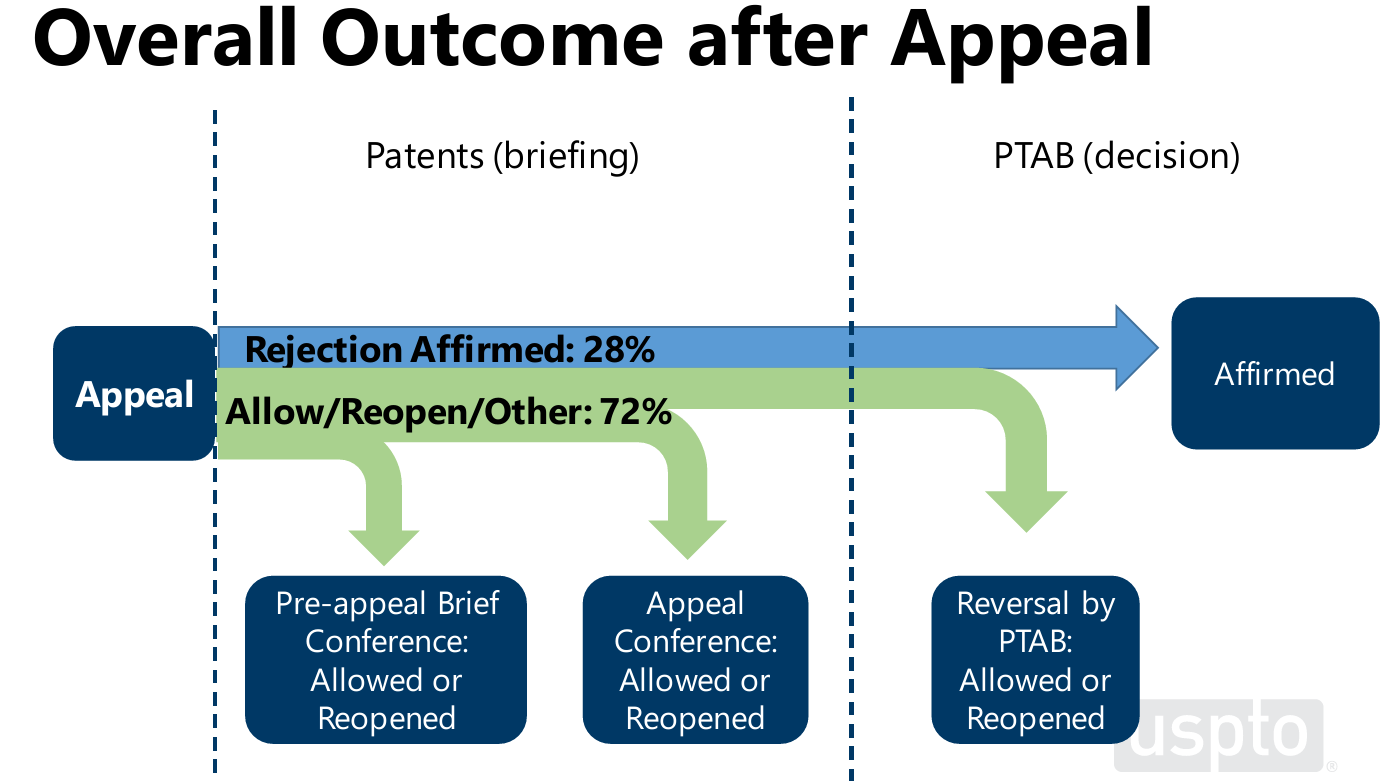Ex Parte Appeals - Takeaways from the USPTO Roadshow in Austin
United States Patent and Trademark Office (USPTO) personnel, practitioners and other stakeholders gathered yesterday at the University of Texas School of Law in Austin to discuss tips, trends and best practices relating to ex parte patent appeals.
Several new strategies and options may be available for companies and inventors facing final rejections on the merits from the USPTO. After-final strategy often depends on the facts of a particular case and other business considerations. However, lessons here may apply to many inventions across different technologies and tech centers.
Participants
Speakers included several judges from the Patent Trial and Appeal Board (PTAB): Vice Chief Judges Janet Gongola and Michael Kim, Lead Judge Annette Reimers, and Judges Mike Cygan, Debra Dennett, Jeffrey Fredman, and Rachel Townsend.
Topics addressed were techniques to efficiently file an appeal brief, ways to make more persuasive written arguments, and how to present an effective oral argument before a judge panel. Judges presented an in-depth look at the appeal process, relative success rates of appeals versus Request for Continued Examination (RCE), and options after final decisions. Interactive multiple-choice questions and a mock argument evaluation helped the audience look at strategy options and advocacy tips.
Here are takeaways and highlights that we found most helpful.
Takeaways
1. The fast track option is here.
Ex Parte Appeal Pendency – 12 and 2
- Regular Track: 12 months on average from appeal forwarding fee payment until decision.
- Fast Track: 2 months currently from time of petition to decision. Fast track petition fee is now $420.
2. Consider facts of case and success rates when comparing RCE and Appeal options
Percent Chance of Success
- RCE – Next action allowance rate after one RCE is 36%;
- Pre-Board Review: Only 43% of Appeals result in Examiner’s Answer
- Appeal and Pre-Appeal Review – Next allowance or reopen rate is 57%;
- Board Decision – Examiner rejections are fully reversed in 30% of docketed appeals.
- Overall: 72% of appeals are allowed, reopened, or have an action other than affirming final rejection.
3. Tailor argument to rejected grounds.
- Avoid obviousness arguments when rebutting anticipation.
- Address new grounds in rejections head-on.
- Objection indicia of non-obviousness must be supported by evidence.
Highlights and Tips[i]
1. Options After Final Rejection.
Tip: Pre-appeal brief conference acts as a coarse filter to screen Examiner errors, such as, an incorrect prior art date calculation or failure to address a claim limitation. Appeal conference provides a more in-depth review to catch more nuanced errors, such as, motivation to combine or secondary consideration in an obviousness rejection.

2. Different decision makers handle RCEs, Pre-Appeal Brief and Appeal conferences, and Board Decisions
Tip: Take into account potential impact of both Pre-Appeal Brief and Appeal conferences which occur prior to Board review when used.
- RCEs
- Typically, same Examiner continues examination after entry of responsive submission accompanying the RCE
- Appeals to PTAB
- Pre-Appeal Brief Conference Pilot Program: An optional review by a three-examiner panel (including supervisor and examiner of record) that may be requested with filing of Notice of Appeal
- Appeal Conference: A review by a three-examiner conference (that includes the supervisor and examiner of record) after Appeal Brief
- Decision: After docketing at PTAB, typically decided by three administrative patent judges (APJs)
3. Ex parte Appeal Process
Tip: USPTO fees are spread out and large fees occur at the time appeal brief forwarding fee payment.

4. PTAB Decision Reversal Rate for Ex Parte Appeals
Tip: Multiple paths to success in appeal process.
- 30% Docketed Appeals Fully Reversed

- Overall Outcome: 72% of Appeals after Notice of Appeal are Allowed/Reopen/Other Event

5. Options After Written Decision
Tip: Look carefully at prior objected to claims or new evidence that may warrant continued prosecution despite an affirmed rejection. For rehearing request option, consider points panel may have misapprehended or overlooked and any new grounds of rejection in Board decision (whether express or undesignated) or new arguments based on change in law.
After the PTAB affirms an Examiner's rejection, Appellant's options include one or more of the following:
- Request Panel Rehearing
- Appeal to federal court
- Continued prosecution before the examiner
-----
[i] Graphics from USPTO, Appeals Roadshow, Patent Trial and Appeal Board, https://www.uspto.gov/patents/ptab/ex-parte-appeal-roadshows, slides 6, 8, 13-14, 16, 26, and 88-89.

